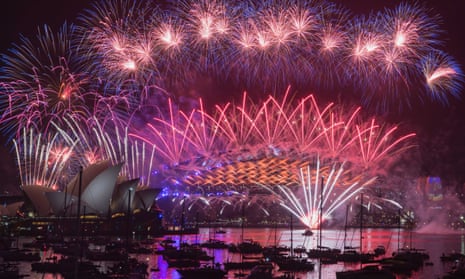Fireworks may have been invented in 7th century China but we are still trying to improve the chemical technology behind them. Unlike colour representation in digital technology, fireworks work on the eye and hence brain in an entirely different way.
Pyrotechnicians use chemicals to make the colours: strontium carbonate (red), barium chloride (green) and sodium nitrate (yellow). Yet our visual processing system means that we can’t distinguish between these colours and ones that appear on the screen.
If you, like Newton, were to pass the light through a prism to see the spectrum of colours, you’d be amazed at the purity of the light created by fireworks compared to the synthesised digital version.
Screens use combinations of red, green and blue light (RGB) to make a particular colour. It’s a trick of the brain’s colour processing systems that we can’t tell the difference between this and the pure chemical colour.
But maybe knowing that you’re seeing real colour when you watch fireworks live this year, as opposed to watching the TV, will enhance the experience after all.
Dr Daniel Glaser is director of Science Gallery at King’s College London

Comments (…)
Sign in or create your Guardian account to join the discussion